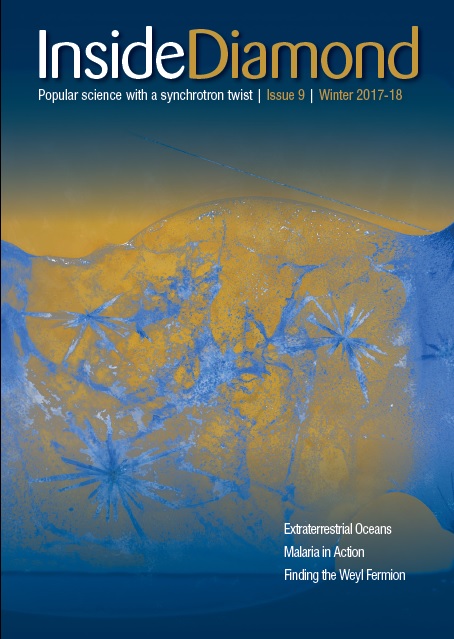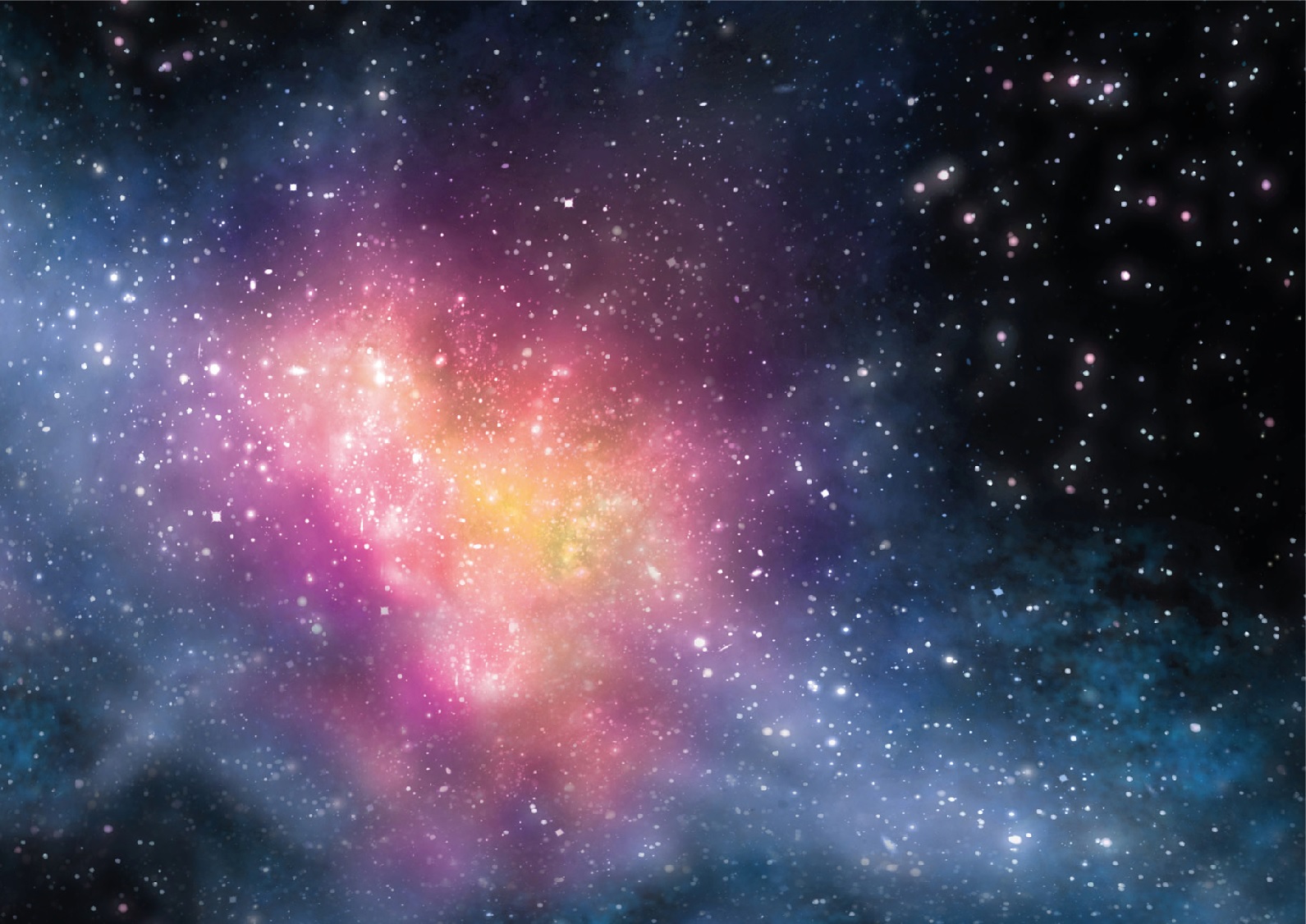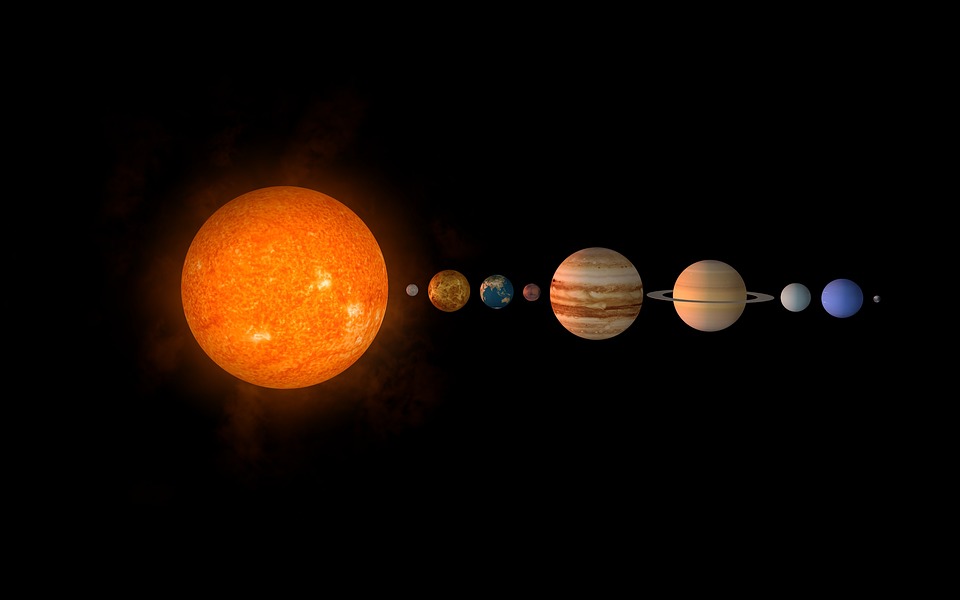When some sort of impact occurs, it can alter the structure of an object. Take a snowball, for example: we can compact particles of snow into a solid object, but if we hurl it at someone the impact will rupture it back into thousands of individual snowflakes.
Now imagine this on a much larger scale. When astronomical bodies smash into each other, the original structure shatters into the smallest particles of debris and dust. But scientists believe that it is from this detritus that asteroids, planets and entire solar systems form.
Everything around us, our entire universe, may owe its existence to the smallest specks of dust.
So how do we spontaneously get from inter-solar dust to an entire planet? Well, our solar system began when part of a nebula collapsed in on itself. From all that dust and gas, our sun was formed.
The sun was just a baby star at that point, not the vast sphere of hot plasma it is today. But it still had an orbit, into which all of the remaining dust and detritus from the collapsed nebula was drawn.
And in this swirling mess, the particles of dust began to collide. When this happened, they integrated to form larger bodies. These larger bodies then collided into one another and combined; and on and on it went for hundreds of millions of years.
Eventually, this process of impact and integration led to the growth of planets, which adopted their own orbits and moons, forming the solar system as we now see it.
We know that all of this happened from observing the growth of new solar systems, and from exploring the structure of our own. But as for the exact processes behind how it happened, we’re still on the search for answers.
Recreating the early cosmos
Daniel Eakins and Gareth Collins from Imperial College London, and Phil Bland from Curtin University are part of a research group leading the hunt.
By exploring the microscale processes that take place when an impact occurs, the group want to work out exactly what events led to the formation of asteroids from inter-solar dust.
Asteroids are really important to unravelling the processes that led to the formation of the solar system because these lumps of ancient rock are essentially the planets that didn’t make it.
Still orbiting the sun, asteroids can be hundreds of miles wide or no larger than a grain of sand. And it is these unassuming rocks that hold the key to understanding what processes took place on the microscopic level that led to the growth of the cosmos.


